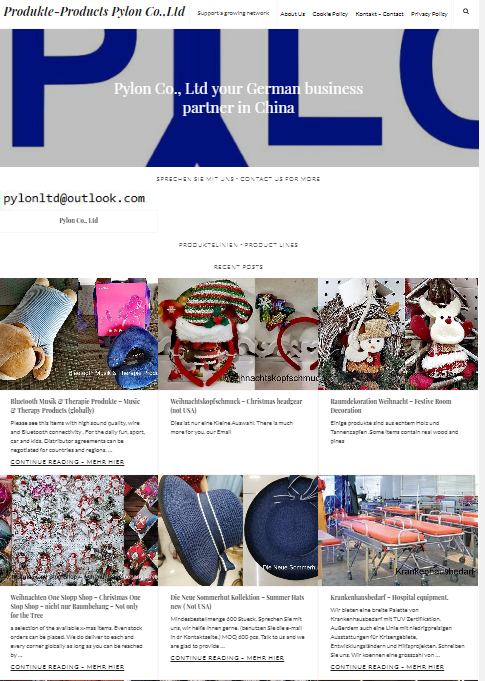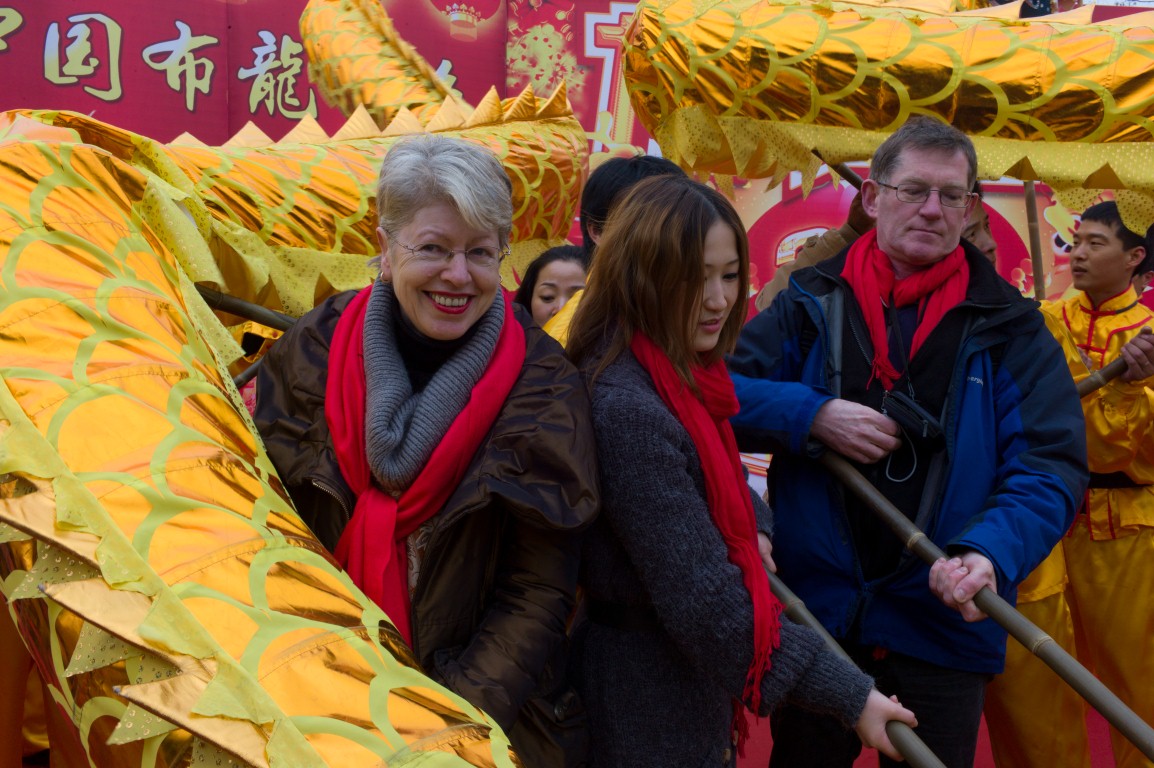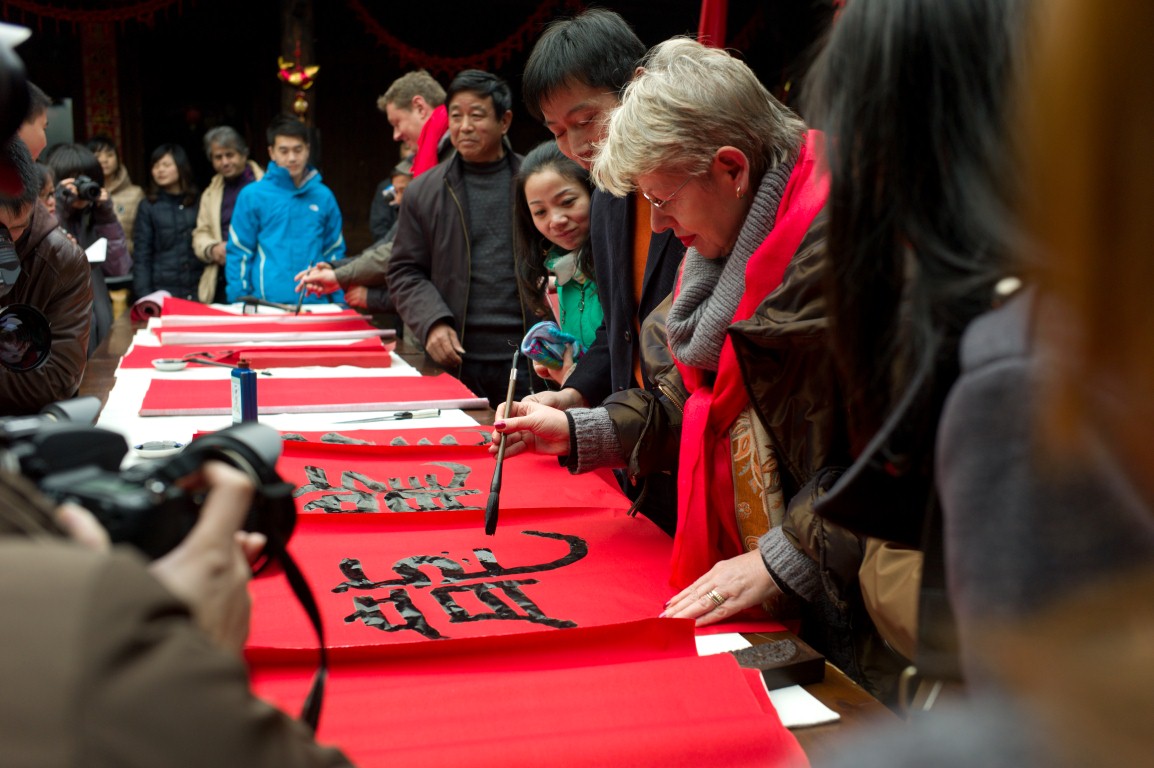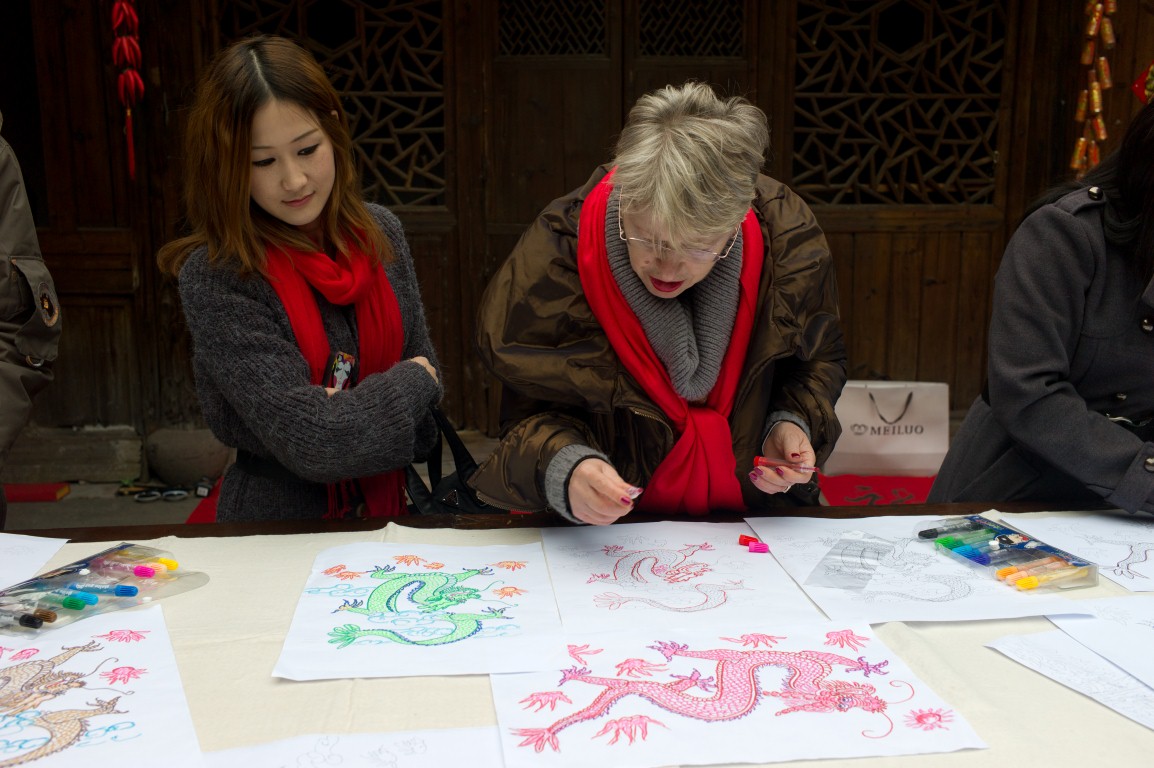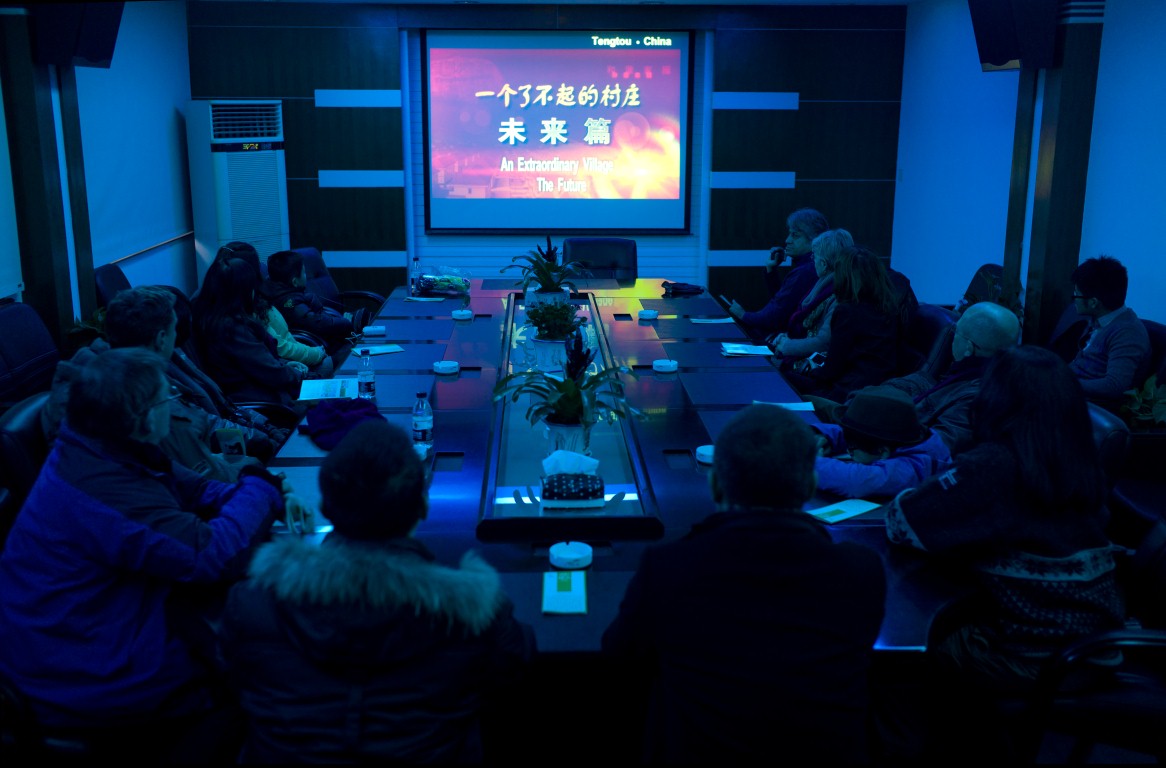- Details
-
Category: Ningbo District
-
Published: Monday, 06 February 2012 09:53
According to a conference on key construction projects, in this year, Beilun District plans to start 61 construction projects. The investment in these projects totals 107.68 billion yuan and in this year 17.38 billion yuan will be invested. These key projects are expected to an important impetus for the new round of economic development.
Authorities of Beilun District declared that the district would be fully engaged in the real economyand concentrate on the promoting of industrial projects, especially the key projects and those functional ones. In this year, Beilun will invest 1.35 billion yuan into the gas project of Zhejiang and the accessory port project, a provincial project whose investment totals 6.8 billion yuan. The first phase of this project is expected to finish in September this year. At present, Beilun is busy inviting some important projects.
- Details
-
Category: Ningbo District
-
Published: Tuesday, 31 January 2012 10:14
In 2011, the throughput of cargo the Port of Ningbo handled reached 433 million tons, making historical new highs in successively five years. The annual handling capacity of containers reached 14.51 million standard containers, reaching the target specified in the general plan.
In the past 5 years, the Port of Ningbo has put greatest investment in infrastructures, resulting in notable increase in the comprehensive economic power and internal and international competitiveness.
In 2008, the Port of Ningbo started its strategy of turning itself into a powerful international port. In the year, the throughput of containers reached 10 million standard containers, becoming one of the 4 ports of China whose annual throughput reached 10 million containers.
From 2006 to 2011, the cargo-handling capacity of the port increased from 310 million tons to 430 million tons, and the throughput of containers increased from 7,060,000 to 14,510,000 standard containers. For the annual handling capacity of standard containers, the Port of Ningbo ranked No.3 in the ports of Mainland China and the No.6 in the world.
From 2007, the Port of Ningbo extended its business to the mainland building dry ports to expand its capacity of collecting goods in the mainland. So far, the dry ports in Jinhua, Yiwu, Shaoxing, Quzhou, Shangrao and Yingtan have been built and put in operation. In 2011, the port handled 218,000 standard containers from the dry ports, increased by 95% above the same period of the previous year.
In the meanwhile, the port further increased shipping lines. In 2011, the port had 236 shipping lines of containers, 73 more than the total in 2006. The monthly shipping service increased from 728 in 2006 to 1,300 in 2011. The port had its regular shipping services with over 600 ports of over 100 countries.
In the past five years, the investment in the infrastructural facilities has added up to over 10 billion yuan. On average, it has 2 to 3 berths built and put into operation. At present, it has 330 productive berths, including 80 deep-water berths for 10,000 tonnage ships. For this, the Port of Ningbo is a port in Mainland China that has the last number of large and super-large deepwater berths.

